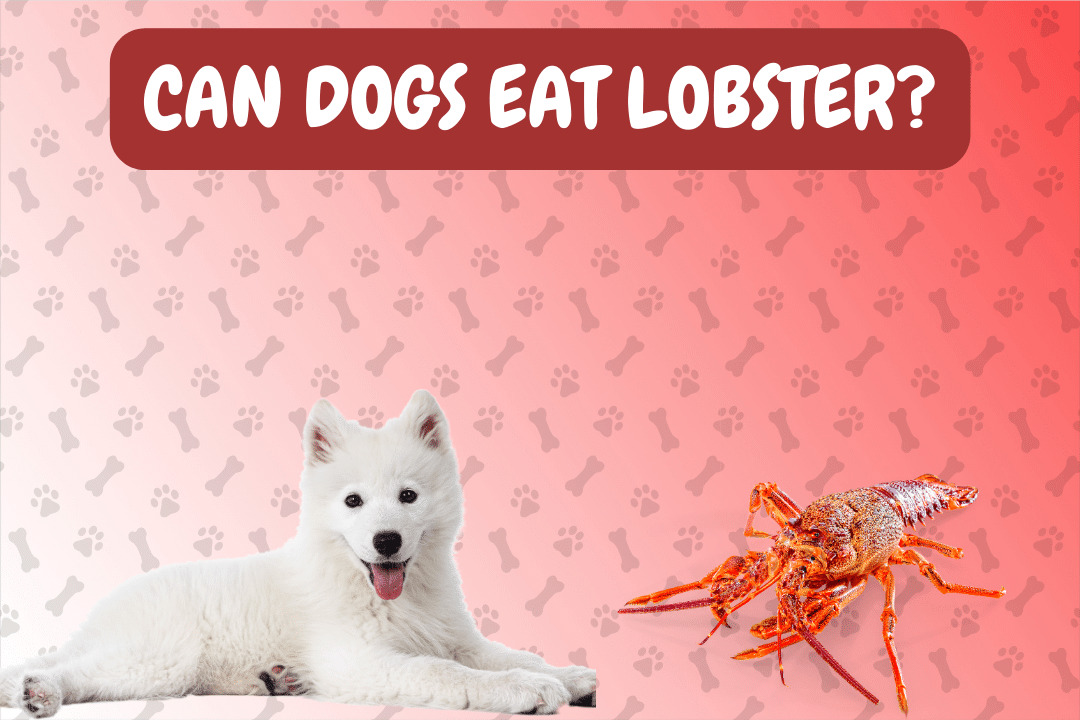No, dogs can’t eat lobster because it can pose several risks to their health.
Table of Contents
Introduction
Dogs are not just our loyal companions; they’re also part of the family. It’s natural to want to share our favorite foods with them, but it’s crucial to understand that not all human foods are safe for dogs. One such delicacy that often raises questions is lobster. In this article, we will explore whether it’s safe to feed lobster to your canine friend and delve into the nutritional value, potential risks, safe serving practices, alternatives, special considerations, expert opinions, and conclude whether dogs can or cannot enjoy this seafood treat.
Nutritional Value
Lobster meat is a rich source of protein and contains essential nutrients like vitamins B12 and B6, as well as minerals like zinc and copper. While these nutrients are beneficial for dogs, it’s important to note that the primary source of nutrition for dogs should come from specially formulated dog food. Lobster should not be considered a staple in their diet.
Potential Risks
Feeding lobster to your dog carries several potential risks. First and foremost, lobster shells can be sharp and may cause choking or internal injuries if ingested. Moreover, lobster meat may be seasoned or prepared with ingredients that are harmful to dogs, such as garlic or onions, which are toxic to canines. Additionally, lobster may be contaminated with bacteria or parasites, leading to gastrointestinal issues like vomiting and diarrhea in dogs.
How to Serve Safely
If you still wish to share a small amount of lobster with your dog, it must be done cautiously. Ensure that the lobster is plain, unseasoned, and thoroughly cooked. Remove all shells and break the meat into small, manageable pieces to prevent choking hazards. Limit the serving size to a tiny portion, and closely observe your dog for any adverse reactions. If you notice any signs of distress, contact your veterinarian immediately.
Serving Suggestions
Instead of lobster, consider offering your dog safer alternatives as treats. There are commercially available dog treats that mimic the taste of seafood without the risks associated with fresh lobster. Always choose treats and food specifically formulated for dogs to ensure their safety.
Special Considerations
Every dog is unique, and some may have allergies or sensitivities to certain foods. Before introducing lobster or any new food into your dog’s diet, consult with your veterinarian to rule out potential allergies or dietary restrictions.
Expert Opinion
Veterinarians and experts generally advise against feeding lobster to dogs due to the risks involved. While the nutritional value of lobster meat is beneficial, the potential hazards from sharp shells, toxic seasonings, and contamination make it an unsafe choice for your canine companion.
Conclusion
In conclusion, dogs should not be given lobster as part of their regular diet. Although lobster offers some nutritional benefits, the risks associated with sharp shells, potential toxins, and bacterial contamination outweigh any potential advantages. To ensure your dog’s health and well-being, stick to high-quality dog food and treats formulated to meet their dietary needs, and avoid sharing human food like lobster.
FAQ
Q1: Can dogs eat lobster tails?
A1: No, it’s not safe for dogs to eat lobster tails or any part of lobster due to the risks of choking and potential toxins.
Q2: Is lobster meat toxic to dogs?
A2: Lobster meat itself is not toxic, but it can be seasoned or prepared with ingredients like garlic or onions, which are harmful to dogs.
Q3: Can I give my dog a small piece of plain, cooked lobster as an occasional treat?
A3: While it’s best to avoid it, if you choose to give your dog a tiny piece of plain, well-cooked lobster, ensure there are no shells, no seasonings, and monitor them closely for any adverse reactions.
Q4: What should I do if my dog accidentally eats lobster shells?
A4: Contact your veterinarian immediately, as ingesting lobster shells can lead to choking or internal injuries.
Q5: Are there any dog treats with lobster flavor available?
A5: Yes, some dog treats are seafood-flavored, providing a safe alternative to real lobster.
Q6: Can puppies eat lobster?
A6: Puppies should not be given lobster or any seafood until they are older and their digestive systems are more developed.
Q7: Are there any potential allergic reactions to lobster in dogs?
A7: Yes, dogs can develop allergies to various foods, including seafood like lobster. Consult with your veterinarian if you suspect an allergy.
Q8: Can dogs eat lobster bisque or lobster soup?
A8: No, soups and bisques often contain ingredients like garlic and onions that are toxic to dogs. It’s best to avoid them.
Q9: What signs should I look for if my dog has eaten lobster and is experiencing digestive issues?
A9: Watch for symptoms like vomiting, diarrhea, abdominal pain, and lethargy. Contact your vet if these symptoms persist.
Q10: Are there any seafood options that are safe for dogs to eat?
A10: Some commercially available dog treats are seafood-flavored and safe for canine consumption. Always choose treats designed for dogs to ensure their safety.
Find out more about what your Dogs can eat and what can’t.
Hello! I’m Max Walley, a pet enthusiast who knows a lot about what our animal buddies can munch on and what’s a no-no. With ‘canpeteat.it,’ I’m here to help pet owners make smart food choices. Come with me as we dive into the world of pet nutrition, discovering what keeps our furry pals joyful and in tip-top shape. Let’s explore this adventure together!


